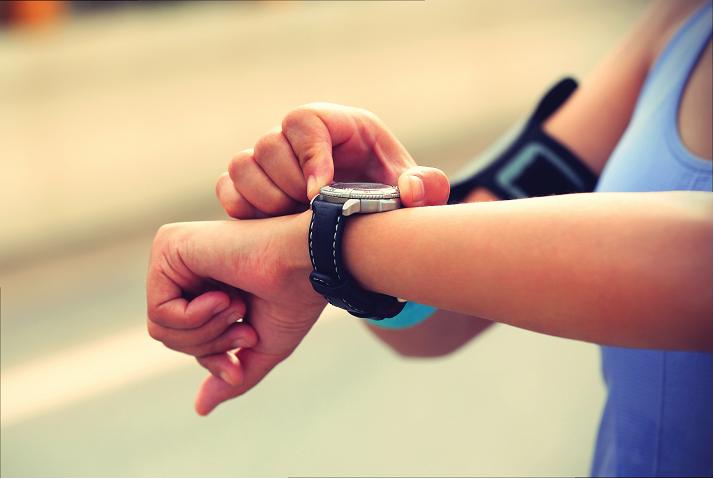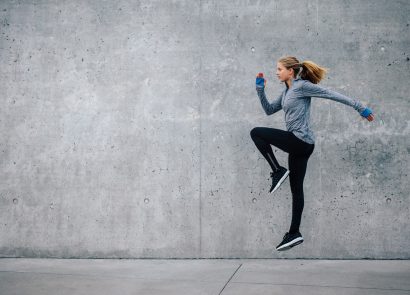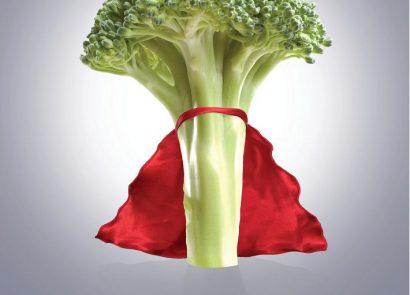Male or female, there are numerous factors that contribute to the risk of injury, including genetics, population, anatomy, lifestyle and training habits. But with study after study showing females to be up to eight times more likely than men to suffer from certain sporting injuries, should we be making ourselves more aware of our potential vulnerabilities?
We had a chat with physiotherapist and clinic director Carla Lodewijks from Six Physio (sixphysio.com ) to find out more: Playing it SAFE With research indicating women are more prone to sports injuries than men, do we need to wise up before we work out?
GIRL TALK…
Anatomy: All women have the ability to be fast, strong and resilient in their sporting endeavours once any imbalances have been addressed and the appropriate training programme is designed. But clearly anatomically, women are different to men. Generally, they have a wider pelvis, causing the femurs to angle inwards and the lower part of the leg to angle outwards. This means they often have a weaker core and reduced hip and knee stability, putting women especially at risk for lower limb sports injuries.
Female triad: Involving three interrelated conditions, more women are affected by this triad than one might think. The first is an energy deficit, when energy expenditure exceeds calorie intake. The second is called amenorrhea, which affects the hormonal balance of the body, and the third is that women are prone to a lower bone density than men. When these three factors are present, a woman is very likely to develop a bone stress injury.
Pregnancy: The effect that being pregnant and giving birth has on the female body causes ligaments to become more lax, which can result in a weaker abdominal wall, pelvic floor and glutes and heightens the chances of a woman developing an injury. Look out for…
An anterior cruciate ligament (ACL) tear: Located in the middle of the knee joint, an ACL tear is high on the list for women involved in sports which involve jumping, cutting or twisting.
Iliotibial band syndrome (ITBS): Common in runners, ITBS occurs when the ligament that runs down the outside of the thigh, from the hip to shin, becomes tight or inflamed. It’s often found along with injuries further down the leg such as medial tibial stress syndrome, otherwise known as shin splints.
Carpal tunnel syndrome: Women are at a higher risk of developing carpal tunnel syndrome due to the canal through which the nerve and blood supply passes being much narrower in a female than in a male.
MAKE SURE YOU….
Start slowly and progress gradually: Exercise at or below your capacity. Push your limits gently, and only exceed your threshold under the guidance of a structured exercise programme.
Recover properly: Cool down with a good stretching programme or foam rolling session. Take in sufficient energy before you begin your training session and eat a nutritious meal afterwards to ensure you provide your system with the nutrients needed for your body to recover and rebuild.
Don’t ignore your strength work: The majority of injuries can be prevented with the correct strengthening programmes to support the sport or activity being performed.
HANDLING AN INJURY….
Do no HARM (Heat, Alcohol, Run or Massage): In an acute injury, extra blood will flow to the affected area – prevent this from becoming excessive by avoiding each of these activities.
Always RICE (Rest, Ice, Compress and Elevate): Each of these will reduce excessive blood flow to the area while allowing the natural physiological healing to occur. Always ice an acute injury and only heat an injury that has become tight and stiff over a long period of time and shows no signs of inflammation.
See an expert: If you have an injury which is developing over time and getting worse with a specific activity, there is most likely a biomechanical correction which needs to be addressed. The sooner you seek the advice of a physiotherapist, the quicker the response to treatment. If you experience ongoing or worsening numbness, tingling, loss of sensation or an inability to move the body part, this is a severe injury and you should consult a medical professional as soon as possible.}




















